Blurb Plug-in for Adobe Photoshop Lightroom
Use Blurb’s plug-in for Adobe® Photoshop® Lightroom® to export selected photos from your Lightroom library directly into Blurb Bookify™ to make a simple photo book online. It’s great for quick books or proofs.
Find out more here.
Blurb Mobile App
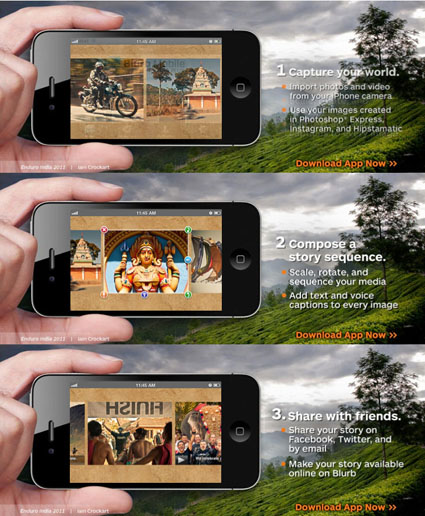
Blurb Mobile helps you share your stories.
It’s easy to create fun and engaging stories using all of your iPhone media and then instantly share it with your social network using Facebook, Twitter, and email.
Blurb Mobile’s standard version is free, then you can choose the in-app upgrade to add more video, audio and image capabilities, plus eight additional theme styles. Download now on the App Store.
Find out more here.
Next Step Alumni Exhibit – Indianapolis – 5/20 – 6/24
.
Renaissance Fine Art & Design Gallery and John Paul Caponigro’s Next Step Alumni present a beautiful collection of their work May 20 – June 24, 2011. You are cordially invited to view this diverse work at the Renaissance Fine Art & Design Gallery, One South Range Line Road Carmel, IN. The opening for the exhibit will be Friday, May 20 at 5 pm. Many alumni will be on hand to discuss their work personally with you.
The exhibit and book contain the work of 22 artists, all from John Paul’s Next Step Alumni group, who met the rigorous criteria for the exhibition: each artist produced a cohesive body of work, an artist’s statement, a biography, a book, and a website.
The work, as diverse as the individuals, includes journalism, editorial, still life, floral, nude, landscape and abstraction, and is bound together by their community, their creativity, and the fearlessness in their search of their individual next steps.
View the exhibit catalog above.
Find out more about the exhibit here.
Find individual member’s books here.
Find out more about my Next Step Alumni here.
Answer Your Own Call – Barry Boulton
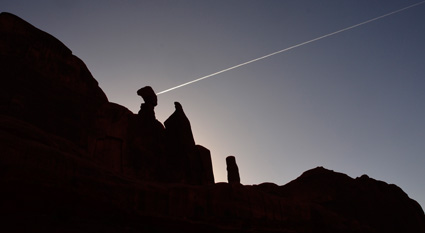
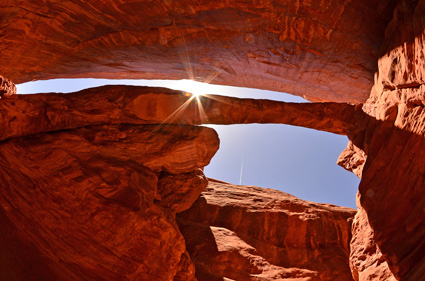
During my Arches digital photography workshop, Barry Boulton expected to make pristine landscapes untouched by man. But during our initial reviews of his work, he was struck by the realization that a majority of his images either had people in them or showed signs of their being there. So he pursued the idea to see how far he could go with it. It worked for him – consistently.
Very often we don’t recognize that we’ve already started to do the work we’re called to do. All we have to do is recognize the call and then answer it. You can learn a lot about your voice if you only look closely and find the patterns that exist between the images you’ve already created.
What themes and patterns can you identify in your work? Which ones are you most excited to pursue further?
Find out more about my Arches digital photography workshop.
Learn more in my digital photography workshops.
Include Others, Include Yourself
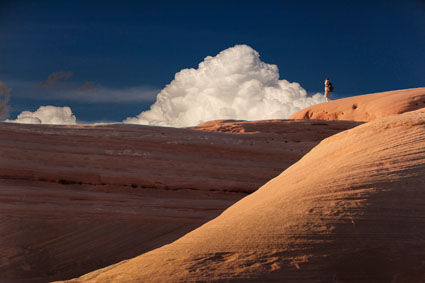
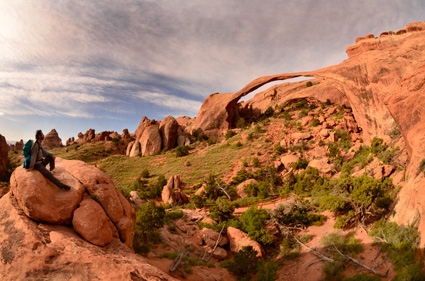
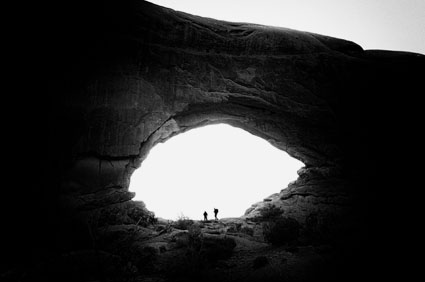
Images by Scott Helgeson, Barry Boulton, and Michael Quinn.
During my Arches digital photography workshop participants struggled with displaying the scale of an immense landscape. Often, they chose to include people in their images to indicate human scale for comparison. Sometimes, they included each other. On occasion, they included themselves.
Including people in their images had many consequences. New issues and concerns arose. Sometimes the people in their images were posed and sometimes they were not. Qualities shifted. Including people made their images seem less timeless and more contemporary.
How can including people or man-made artifacts in your photographs enhance them?
What other dimensions would this bring to your images?
Find out more about my Arches digital photography workshop.
Learn more in my digital photography workshops.
Use The Stages In A Journey To Structure A Body of Work – Michael J Quinn
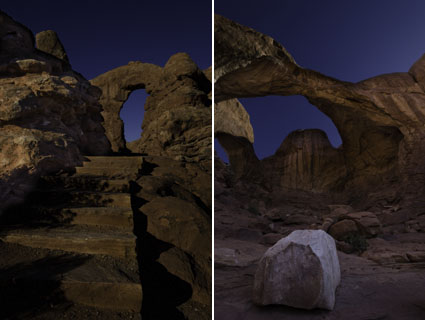
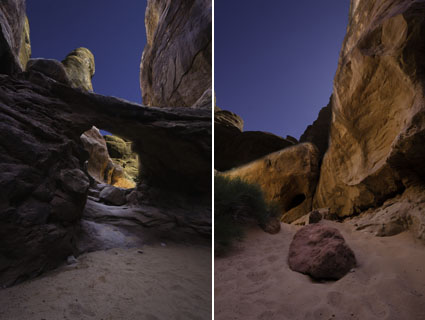
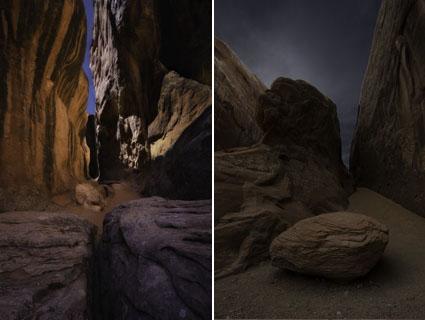
Michael Quinn used the stages in a journey to structure a body of work during my Arches digital photography workshop. The structure of a journey gave him a creative challenge that generated new ideas and helped focus his efforts. At the end of the workshop, he found that he had created more keeper images in a short time than he had previously. The structure also helped him identify ideas for new images still to be made – ways to expand his creative journey. What’s more, because the images related to one another, he can put the images to many more uses – a slideshow, an exhibit, a book, etc.
What creative challenge could you set for yourself to generate new ideas and increase your productivity?
A Next Generation Digital Book – Mike Matas
??
Mike Matas demonstrates the ebook he created of Al Gore’s Our Choice.
How To Get Out Of A Rut – Tales of Mere Existence
Levni Yilmaz’sTales of Mere Existence are creative, funny, and insightful.
Find more Tales of Mere Existence here.
Find more creativity videos here.
Read more in my creativity ebooks here.
Learn more in my creativity workshops here.

